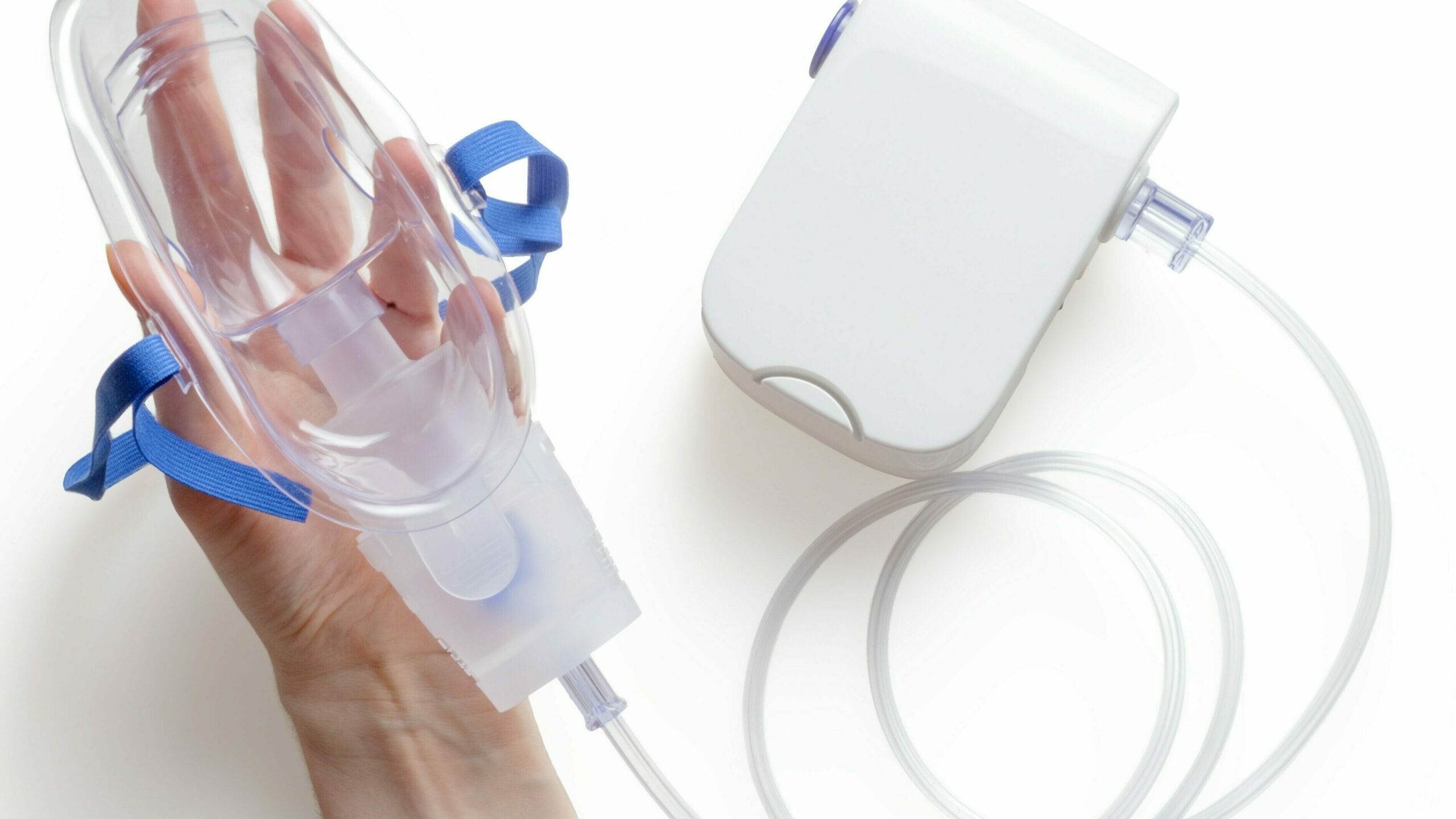Oxygen is a gas at standard temperature and pressure (STP), which is defined as 0 degrees Celsius (32 degrees Fahrenheit) and 1 atmosphere of pressure. However, like all substances, oxygen can exist in different states of matter depending on the temperature and pressure conditions.

At very low temperatures and high pressures, oxygen can exist in a solid state, also known as oxygen ice. The temperature at which oxygen freezes and becomes a solid depends on the pressure it is subjected to.
At a pressure of 1 atmosphere, the melting point of oxygen is -218.79 degrees Celsius (-361.82 degrees Fahrenheit). This is the temperature at which solid oxygen begins to melt and transition into a liquid state. The freezing point of oxygen, which is the temperature at which it transitions from a liquid to a solid state, is the same as the melting point.
However, the freezing point of oxygen changes at different pressures. As the pressure increases, the melting point of oxygen also increases. This is because increasing the pressure causes the molecules of oxygen to be packed closer together, making it harder for them to move and causing them to freeze at a higher temperature.
At a pressure of 100 atmospheres, for example, the melting point of oxygen is around -183 degrees Celsius (-297.4 degrees Fahrenheit). At a pressure of 200 atmospheres, the melting point of oxygen is around -170 degrees Celsius (-274 degrees Fahrenheit).
At extremely high pressures, such as those found in the interior of planets, oxygen can exist in even more exotic states, such as a metallic state. Under these extreme conditions, the properties of oxygen can be quite different from those we observe at normal pressures and temperatures.
It is important to note that the freezing point of oxygen is not the same as the temperature at which it becomes a supercritical fluid. A supercritical fluid is a state of matter that exists at a temperature and pressure above its critical point, where the distinction between liquid and gas phases disappears. For oxygen, the critical temperature is -118.4 degrees Celsius (-181.1 degrees Fahrenheit) and the critical pressure is 50.4 atmospheres. Above these values, oxygen behaves as a supercritical fluid.
In conclusion, the temperature at which oxygen freezes depends on the pressure it is subjected to. At a pressure of 1 atmosphere, the freezing point of oxygen is -218.79 degrees Celsius (-361.82 degrees Fahrenheit). However, as the pressure increases, the melting point of oxygen also increases. At a pressure of 100 atmospheres, for example, the melting point of oxygen is around -183 degrees Celsius (-297.4 degrees Fahrenheit). At extremely high pressures, such as those found in the interior of planets, oxygen can exist in even more exotic states, such as a metallic state.